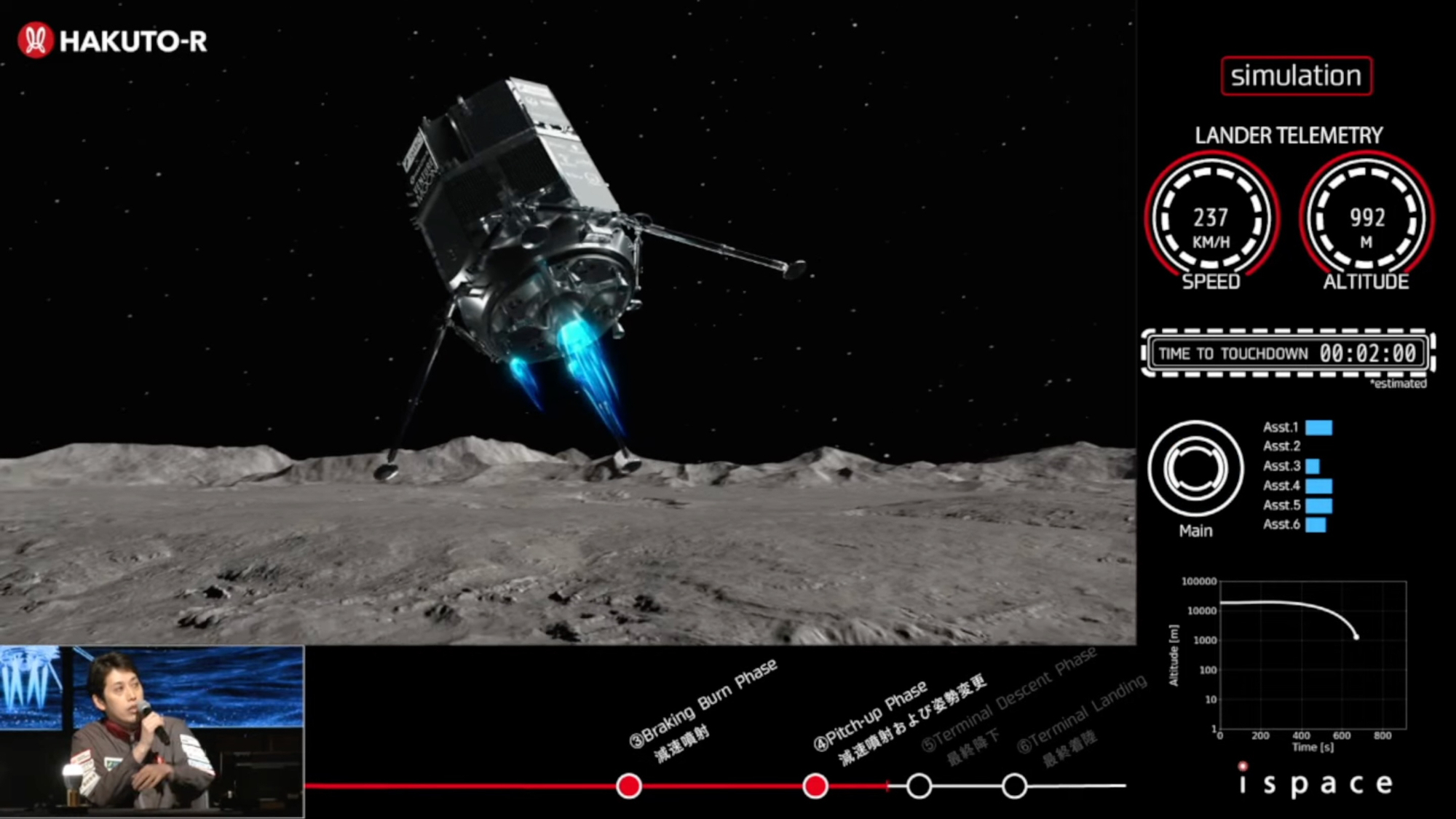Thinking Clearly About Space Part III: Hardware and Hand-Waving
This is part three of a four-part series.
One of the cliches of space enthusiasm is author Robert Heinlein's "Once you're in orbit, you're halfway to anywhere." It's a vivid expression of the physics of launching a spacecraft and escaping earth's gravity well. The velocity change required to attain low earth orbit, just 200 miles up, is more than twice that needed to go on from Low Earth Orbit (LEO) to the Moon. It's comparable to that needed for reasonable travel times from LEO to other planets, thousands of times farther away.
We usually repeat the cliche in the service of our hopes. After all, we put a satellite in orbit in 1957, and human beings in 1961. We were halfway to anywhere two generations ago--let's get on with it!
But the cliche misleads as much as it enlightens. On a trajectory from LEO to "anywhere," the velocity change can be applied at modest accelerations -- over hours, days or months. That's why low-thrust, long-duration "ion" engines are useful for planetary probes. But a rocket from the ground to LEO must use at least one G of acceleration to lift off at all, and must punch through the drag of the atmosphere and reach orbital velocity as fast as possible. If it didn't, the rocket equation would demand even more propellant, making it more massive and even harder to accelerate, and so on in an ugly exponential curve. So Heinlein was right in saying that the energy required to reach orbit and to travel beyond orbit are comparable. But the power (the rate of energy release) required is far greater for that first short step.
That need for extremely high power has shaped the drive to space since Konstantin Tsiolkovsky first saw it clearly in the 1890s. The recipe for rocket performance is "burn as hot and fast as possible; if that's not enough, get bigger." So rocket engineering meant engines burning as close to meltdown or explosion as we dared to push. The engines lifted airframes that had to be as light as materials allowed, yet strong enough for high G's and aerodynamic forces. Those structures were much more massive than their payloads, and in turn carried many times their own mass in propellant. Tsiolkovsky had suspected, correctly, that multiple stages would be necessary to make orbital rockets possible at all. Big, hot, light, strong, with throw-away engines and tanks: it sounded expensive before it began.
Putting it into practice added more complexity and expense with turbopumps, elaborate engine cooling, exotic materials, cryogenic propellants, and flight controls that could respond in a fraction of a second. From the 1920s on, people thought hard about getting more than one use from all that X-treme engineering. But re-entry has its own challenges, and the true "space plane" remains elusive. A senior designer of the Shuttle told me before its first launch: "It always seemed so obvious that reusability would lower costs. But when you start in a regime where maybe 5% of the mass on the pad gets to orbit, and now that 5% has to include wings and thermal protection and landing gear... guess what? Unless you fly it all day every day, the payload cost goes straight to hell."
Bottom line: with chemical rockets, getting "halfway to anywhere" has always been hard and expensive. The reasons are in physics and chemistry, defining an envelope which no amount of brilliant engineering can stretch. Nuclear energy, laser launch, space elevators or wholly new physics might change the whole picture, but the picture we face today isn't a pretty one in terms of room for technological improvement. If there are to be big reductions in cost to orbit from chemical rockets, they will come not from technology but from how we manage the rockets' design, manufacture, and operations.
Get the Space.com Newsletter
Breaking space news, the latest updates on rocket launches, skywatching events and more!
Diminishing returns from technology are hard for some of us to accept. Rockets embody eight decades of great engineering, they are awe-inspiring to watch in action, and we love them for it. They are monuments to Humanity's Timeless Outward Urge, as well as the less cosmic 20th-century urge to blow things up from far away. We want them to be the Santa Maria or the Wright flyer or the Model A Ford.
Get over it. In any realistic comparison, the best of them cost outrageously more to take cargo or people to orbit than even primitive ships, trains, automobiles, or airplanes cost to reach the destinations we wanted from them.
We need to acknowledge that to make real progress. We need to bring perspective to our engrossing in-group arguments over single-stage to orbit vs. two-stage designs, expendable launch vehicles vs. reusable ones, and the arcane merits of aerospike engines and Mach 12 scramjets. Those technology choices are worth exploring - but in perspective, they are minor tweaks within a brutally expensive framework that has improved only very slowly since the 1960s. So when we talk optimistically about "halfway to anywhere," we need to acknowledge the other side of the cliche as well:
That first step is a bitch.
Monte Davis is a science and business writer living near Philadelphia. He helped launch OMNI and Discover magazines, and has observed the path from lab to market for twenty years as a communications strategist and writer for leading corporations in IT, telecomm, engineering, and pharmaceuticals.
Visit SPACE.com/Ad Astra Online for more news, views and scientific inquiry from the National Space Society.
Join our Space Forums to keep talking space on the latest missions, night sky and more! And if you have a news tip, correction or comment, let us know at: community@space.com.
